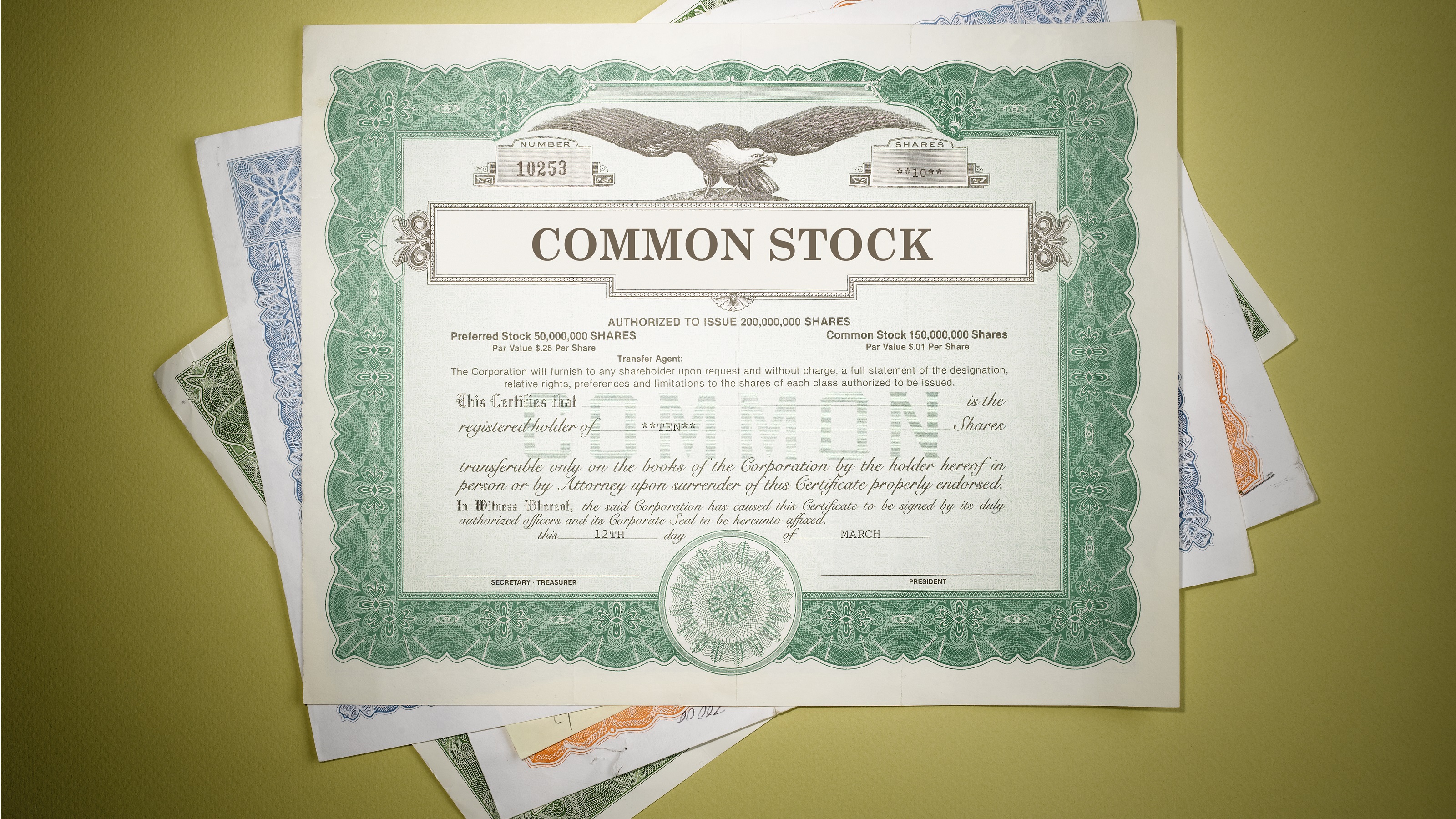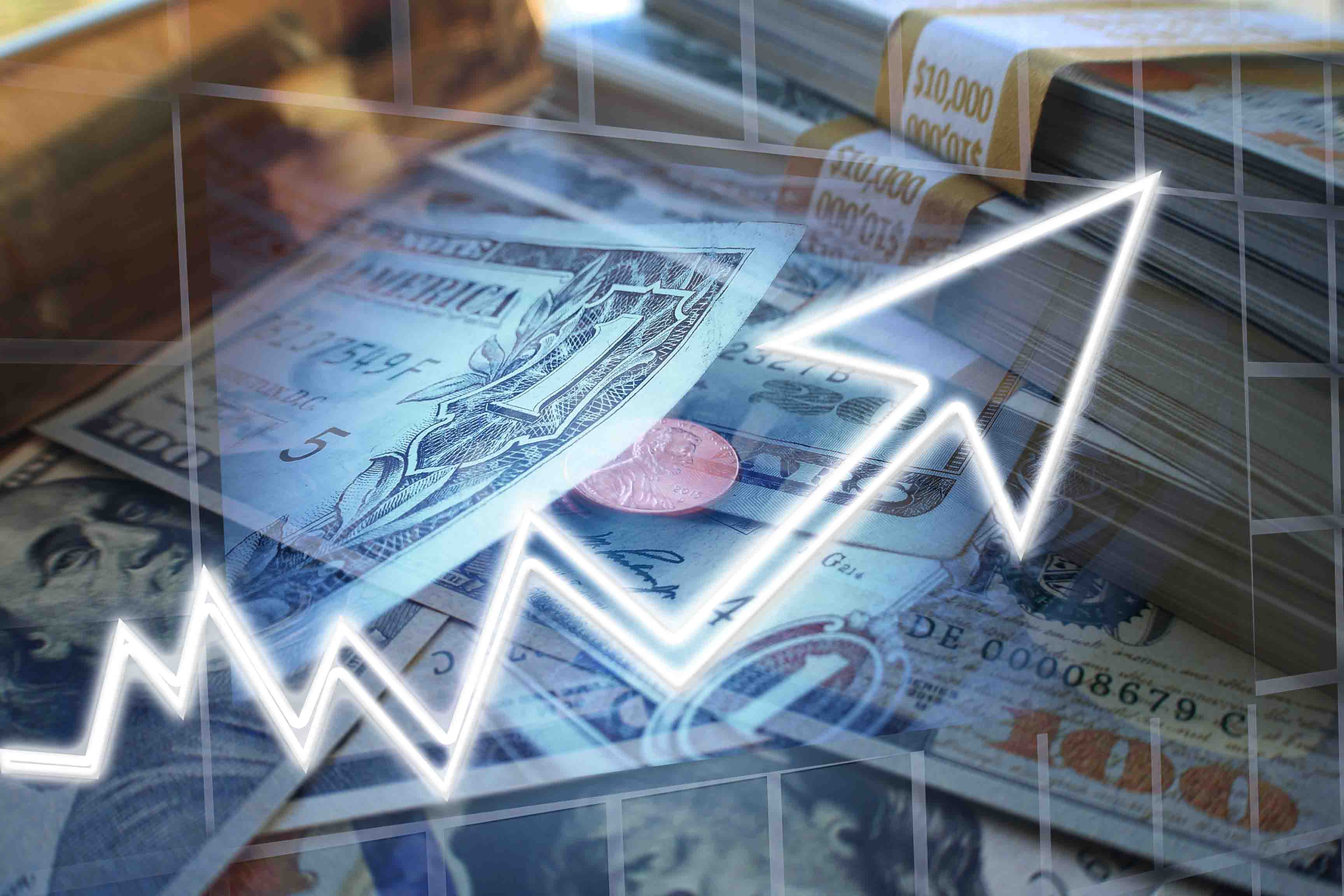Bonds Are Having a Bang-Up Year
Bonds did not do their job last year, but that was then, and this is now. Jeffrey R. Kosnett on why the picture is brightening for fixed-income investors.


The picture is fast brightening for fixed-income investors for the rest of 2023. Federal Reserve chairman Jerome Powell hinted (in his coy manner) in early May that the bank is finally done tightening credit and raising interest rates — good news for bond prices, which move in the opposite direction. Also, the stock, real estate and energy markets seem resigned to a broad economic slowdown. That implies a flight to safety.
Last month I suggested applying a “barbell” strategy to your savings or bond-fund assets, which means concentrating on short and long maturities while skipping the middle. With short-term rates up after the Fed’s May 3 announcement and long-term Treasury and investment-grade corporate bond prices on the march, as longer-term rates fall, I am extremely confident in my earlier prognostication that fixed-income devotees will recover half or more of last year’s losses by the close of 2023.
Sunshine after a perfect storm. That is a tough sell to those of you still mystified that ordinary bonds and bond funds could lose 10% or worse in a non-recession year. But 2022 was a perfect storm, starting with extremely rich bond and fund prices just as inflation and interest rates erupted. There is a hint now of irrational bond exuberance — you can roll your eyes at statements such as “this is the best yield opportunity in 15 years,” as I heard last week on some fixed-income conference calls. But if the economy does not utterly collapse, the debt-ceiling crisis ends without a default, and factors such as falling rents and low oil prices further dent the inflation indexes, bond returns will run hard to the upside. The ride might be “bumpy”— that’s the precise word I heard recently from Loomis Sayles portfolio manager Rick Raczkowski. Nonetheless, all is heading in the right direction. At the start of 2023, I predicted that a core bond fund such as Baird Aggregate Bond Fund (BAGSX) would gain 4% in net asset value in 2023 and distribute 2% to 3% in yield. Through May 3, the fund’s year-to-date total return is 4.1%, and the monthly distributions, currently an annualized 2.8%, are still on the escalator. The fund’s long duration of just over 6 (a measure of interest-rate sensitivity that implies a 6% loss if rates rise by one percentage point, or a similar gain if they fall by a point) was a big problem last year. That is now a blustery tailwind. Baird concentrates on intelligent trading and holding down costs.

Sign up for Kiplinger’s Free E-Newsletters
Profit and prosper with the best of expert advice on investing, taxes, retirement, personal finance and more - straight to your e-mail.
Profit and prosper with the best of expert advice - straight to your e-mail.
More adventurous bond managers, such as PGIM, TCW and Thornburg, could benefit even more from a barbell approach. PGIM Short-Term Corporate (PBSMX) pairs well with PGIM Total Return Bond (PDBAX). That is a barbell with rising monthly distributions and a good shot at capital gains; the two funds together sport a 3.5% year-to-date return and have yields in the 3% range. A TCW combo of Metwest Flexible Income (MWFSX) and Metropolitan West Corporate Bond (MWCSX) has a total return of 4.9% and yields of 7.7% and 3.2%. It is a marriage of low risk and higher risk, with the higher distributions coming from student loans, shipping container leases, and other high-yield fixed-rate stuff. Honestly, any first-class fund firm’s “total return” or “flexible” income fund occupies an advantageous position in the months ahead.
It’s true that few bonds or funds can yet match the 5% you can lock up for a year or two from bank CDs — my listings on May 3 showed Goldman Sachs offering 5.15% for one year and Northern Trust 5.1% for 18 months. These are not the sort of depositories involved in the current bailouts and rescues; if anything, the biggest and soundest nationwide banks are apt to profit from acquiring loans and deposits on favorable terms with the encouragement of or outright orders from the government. I am all for limiting risk if that’s what you need to do, or if earning 5% is enough for you (even if an 8% total return seems attainable). Bonds did not do their job last year, and I’m not writing revisionist history. But that was then, and this is now. So, I say the rest of this year will extend the first-half rally in most all fixed-income sectors.
Note: This item first appeared in Kiplinger's Personal Finance Magazine, a monthly, trustworthy source of advice and guidance. Subscribe to help you make more money and keep more of the money you make here.
Get Kiplinger Today newsletter — free
Profit and prosper with the best of Kiplinger's advice on investing, taxes, retirement, personal finance and much more. Delivered daily. Enter your email in the box and click Sign Me Up.

-
 Stock Market Today: Stocks Gain on Tech, Auto Tariff Talk
Stock Market Today: Stocks Gain on Tech, Auto Tariff TalkThe Trump administration said late Friday that it will temporarily halt tariffs on some Chinese tech imports.
By Karee Venema
-
 Sam's Club Plans Aggressive Expansion: Discover Its New Locations
Sam's Club Plans Aggressive Expansion: Discover Its New LocationsSam's Club expansion plans will open up to 15 new stores each year. Learn where they plan to open in 2025.
By Sean Jackson
-
 Can a New Manager Cure Vanguard Health Care Fund?
Can a New Manager Cure Vanguard Health Care Fund?Vanguard Health Care Fund has assets of $40.5 billion but has been ailing in recent years. With a new manager in charge, what's the prognosis?
By Nellie S. Huang
-
 What Is a Medallion Stamp? The Requirement for Transferring Securities
What Is a Medallion Stamp? The Requirement for Transferring SecuritiesTransferring securities from one account to another often requires this extra step.
By Emma Patch
-
 How Dividend Reinvestments Work for Retirement
How Dividend Reinvestments Work for RetirementWant your retirement investments to keep growing? Here's what you should know about dividend reinvestment.
By Robert H. Yunich
-
 20 Ways to Clean Up Your Finances This Spring
20 Ways to Clean Up Your Finances This SpringSpring cleaning is therapeutic and stops costly problems from building up around the home. Why not tackle the dusty corners of your finances at the same time?
By Lisa Gerstner
-
 The Free-Lunch Strategy to Reduce Risk From Tech Stocks
The Free-Lunch Strategy to Reduce Risk From Tech StocksA recent rout in tech stocks has some investors thinking more defensively. This "free-lunch portfolio" strategy can help.
By Anne Kates Smith
-
 How to Survive Market Mayhem
How to Survive Market Mayhem2025 is turning out to be a turbulent year for the market, but don't panic. Here are four ways investors can ride out the storm.
By Jeffrey R. Kosnett
-
 4 Turnaround Stocks to Consider – and 2 More to Keep an Eye On
4 Turnaround Stocks to Consider – and 2 More to Keep an Eye OnA turnaround stock is a struggling company with a strong makeover plan that can pay off for intrepid investors.
By Nellie S. Huang
-
 Has This Unconventional Growth Fund Lost Its Mojo?
Has This Unconventional Growth Fund Lost Its Mojo?The Primecap Odyssey Growth Fund has lagged the broader S&P 500, but it still boasts a solid return and provides investors with diversification.
By Nellie S. Huang